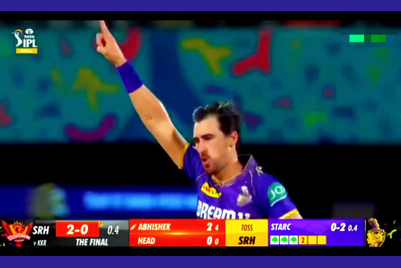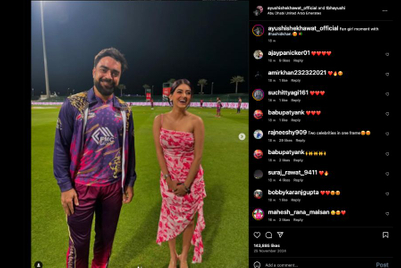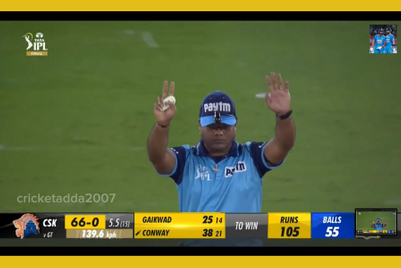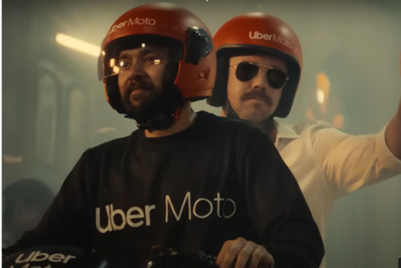
Indian brands have long prioritised cricket, leaving other sports—like kabaddi, football, and hockey—scrambling for financial support and visibility. The reluctance to back non-cricket sports is rooted in a perceived lack of return on investment (ROI) and systemic issues that hinder sponsorship opportunities.
The Indian Premier League (IPL) has cemented its position as a global sporting powerhouse, with its brand value soaring by 13% to reach $12 billion, as per the 2024 Brand Finance IPL report. Having started with a valuation of $2 billion in 2009, the league crossed the $10 billion milestone in 2023, hitting $10.7 billion, and continues its impressive growth trajectory.
Cricket’s massive fan base translates into people enthusiastically patronising anything related to the sport—be it watching matches live, visiting stadiums, or buying merchandise. Moreover, cricket enjoys relentless media attention, not just for the games but for the off-field drama too. The private lives of cricketers and controversies around who said what often trend on social media and fuel countless WhatsApp group discussions.
Hansa Research Group’s Brand Endorser study ranks Virat Kohli, MS Dhoni, and Sachin Tendulkar as the top three celebrity endorsers in India. Meanwhile, the stars of other sports remain mostly unknown.
The name recognition gap
When was the last time you heard about a kabaddi or hockey star trending online? Even football, despite being a global obsession, struggles for recognition in India. Hockey, India’s national sport, hasn’t managed to capture the imagination of the masses in decades.
Individual sports like badminton, tennis, and wrestling occasionally produce stars—Lakshya Sen, for instance, ranks higher than Virat Kohli in terms of fitness and trustworthiness in the Brand Endorser study. Yet, these names are few and far between, especially compared to cricket’s galaxy of celebrities.
The winning streak of Indian cricket teams is a significant driver of their popularity. Post-2010, India has won a staggering 63% of its international cricket matches, a sharp contrast to the 42% win rate before 2010. Success breeds engagement.
By comparison, India’s FIFA ranking is a dismal 127, and the nation has never qualified for a FIFA World Cup. League football, which dominates globally, sees virtually no Indian representation. Meanwhile, hockey—a sport where India once reigned supreme—endured a medal drought at the Olympics from 1980 to 2020.
Why other sports lag behind
The Indian Premier League (IPL) has transformed cricket into a complete entertainment package. Featuring Bollywood stars, cheerleaders, and pulsating music, it is one of the richest sports leagues globally. Unsurprisingly, it commands the largest sponsorship deals and the highest advertising rates in India.
On the other hand, leagues like the Pro Kabaddi League, Indian Super League (football), and Hockey India League barely generate buzz. Despite some teams being owned by Bollywood celebrities, these leagues fail to excite viewers or attract sponsors.
The root of the disparity lies in finances. The BCCI, one of the richest sports bodies in the world, can afford year-round matches and high-octane marketing campaigns. In contrast, governing bodies like Hockey India and the All-India Football Federation are financially and organisationally outmatched.
This lack of resources leads to poor marketing, limited visibility, and low audience engagement. Without integrated platforms to connect brands with diverse audiences, non-cricket sports remain trapped in a vicious cycle: low engagement leads to low sponsorships, which in turn results in minimal media coverage, further dampening engagement.
Can the cycle be broken?
Fixing this imbalance is no small task. It requires collaboration between sports administrators, corporate stakeholders, and possibly even government intervention. Financial support is key, but so is the creation of long-term partnerships.
Encouraging young talent to take up these sports as a career is critical. To achieve this, there must be visible opportunities and robust systems to nurture and train athletes. Proper platforms for showcasing talent and international exposure are essential. Marketing campaigns must not only promote the sport but also create relatable icons out of players.
The IPL is a tempting investment for sponsors because it promises immediate ROI, backed by reliable measurement metrics. For other sports to attract investors, they need similar metrics to track and demonstrate progress. Building this infrastructure will take time, but it’s a necessary step to sustain interest during the growth phase.
Cricket meets entertainment
While cricket is likely to remain India’s first love, other sports have the potential to carve their niche. It will take careful planning, substantial investment, and sustained effort over years before we see meaningful change.
The challenge is significant, but so is the opportunity. A diversified sporting ecosystem will not only strengthen India’s international standing but also inspire future generations to explore avenues beyond cricket. With the right backing, the neglected sports of today could become the success stories of tomorrow.
This isn’t just about finances or viewership; it’s about fostering a sporting culture that values diversity. Cricket may be king, but it’s time other sports got their moment in the sun. After all, a well-rounded team always performs better.
 - Ashish Karnad, executive vice president, Hansa Research.
- Ashish Karnad, executive vice president, Hansa Research.


.jpg&h=334&w=500&q=100&v=20250320&c=1)
.jpg&h=334&w=500&q=100&v=20250320&c=1)



.jpg&h=334&w=500&q=100&v=20250320&c=1)
.jpg&h=334&w=500&q=100&v=20250320&c=1)


.jpg&h=334&w=500&q=100&v=20250320&c=1)







